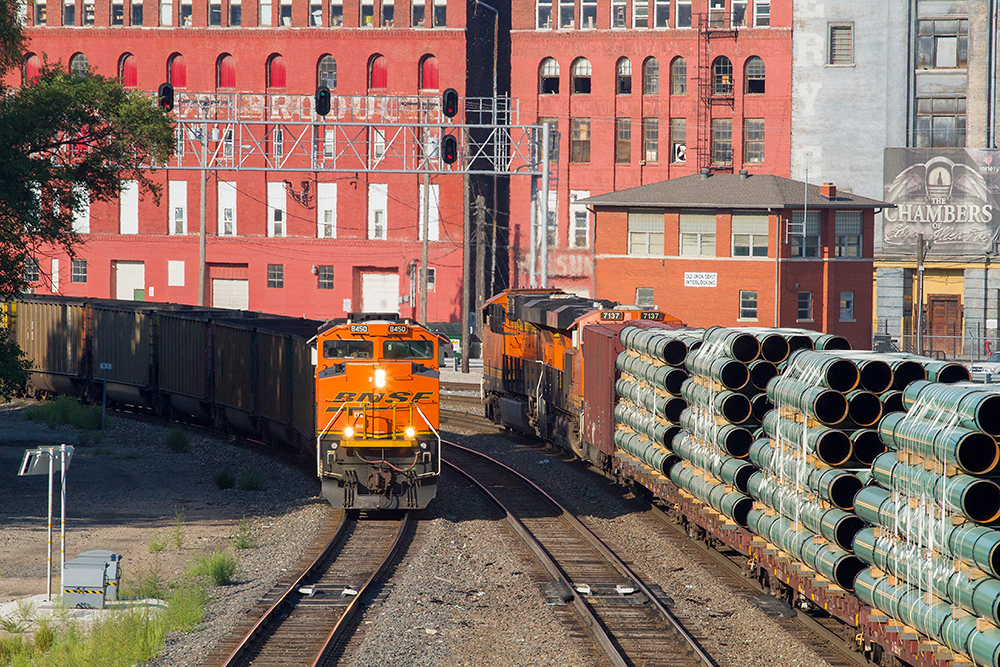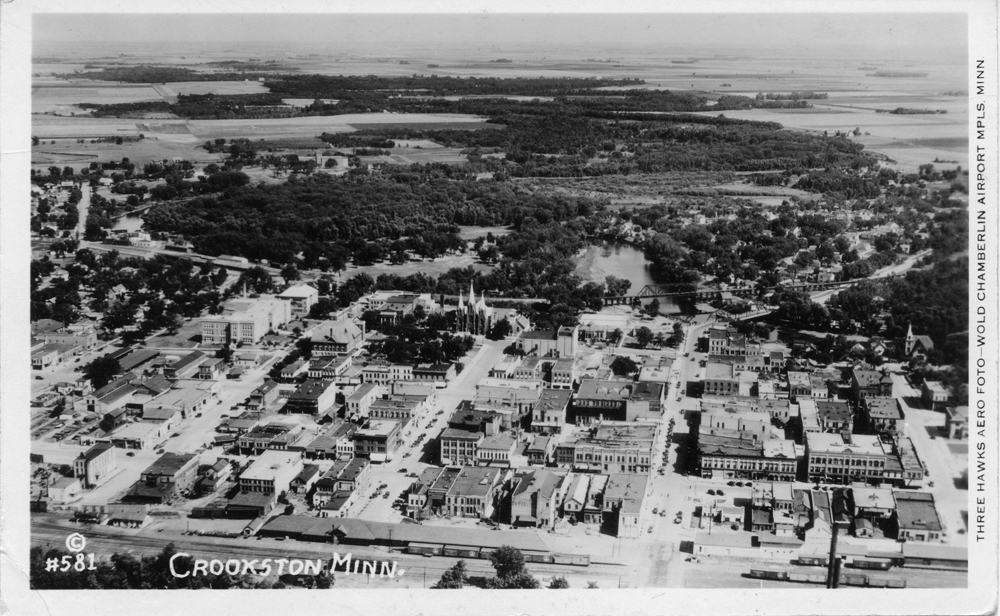
Welcome to the first of a three-part series where I’ll show you the various modeling information you can learn from postcards. The cards in this series are all from Crookston, Minn., my hometown and the focus of my modeling research. Similar postcards can be found for most communities. Online auction websites like eBay are a […]
Read More…
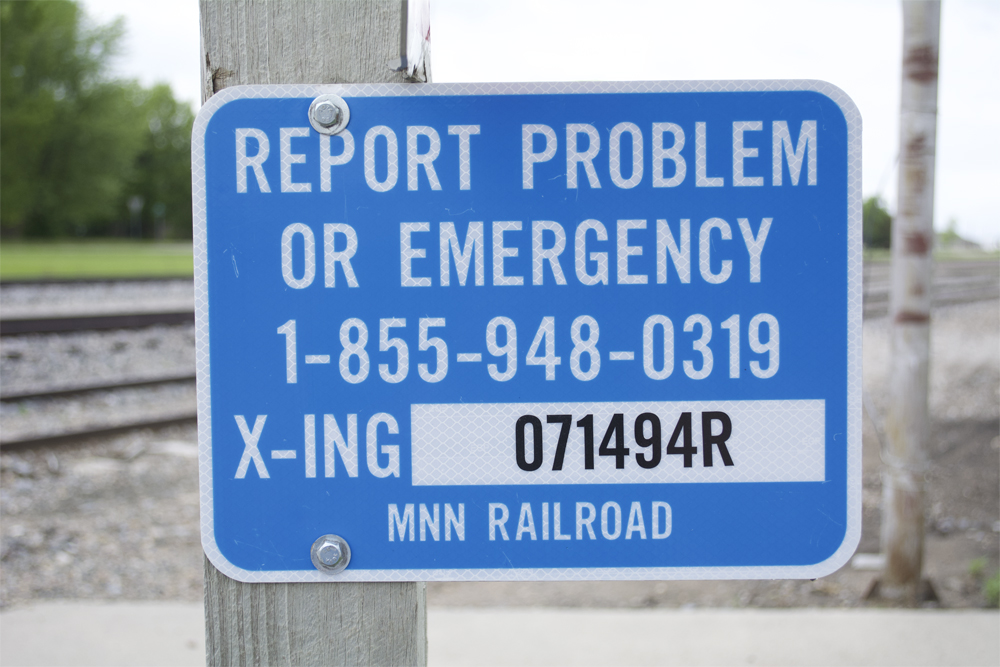
If you’ve been trackside in the past five or six years, you’ve probably noticed blue metal signs at grade crossings. These are called Emergency Notification System signs, or ENS for short. The top two lines of the sign read “Report problem or emergency.” Hazard may be used in place of problem in some instances. Below […]
Read More…
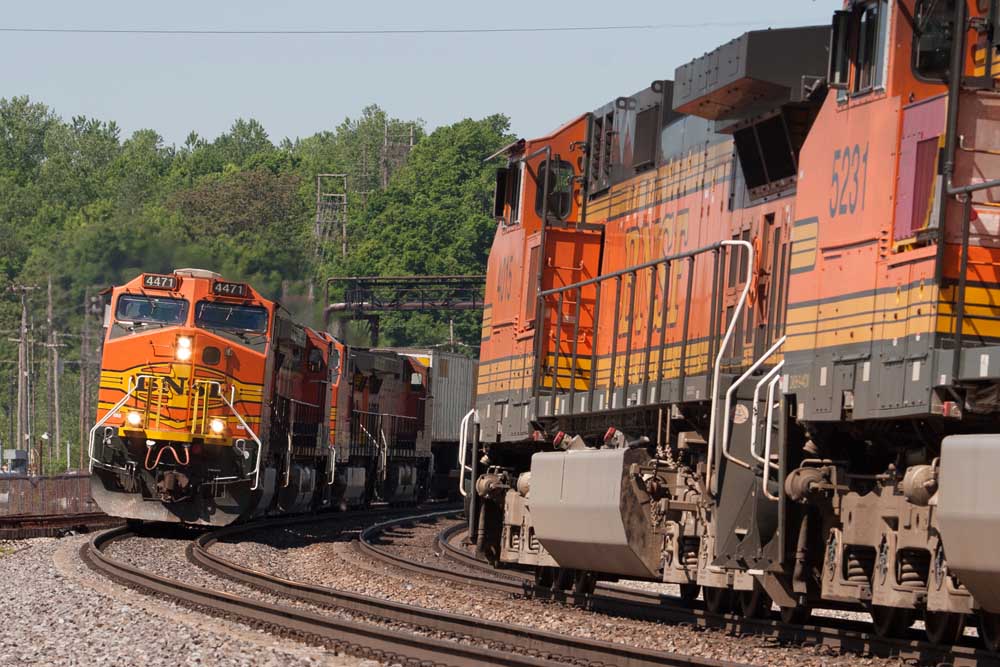
General Electric’s 4,400 hp C44-9Ws were, by far, the most popular D.C. traction locomotives the company every produced, with almost 3,600 copies built for North American customers. Sales began in the early 1990s just as A.C. traction was taking hold in the industry. Many railroads were still either wary of the new A.C. technology and […]
Read More…
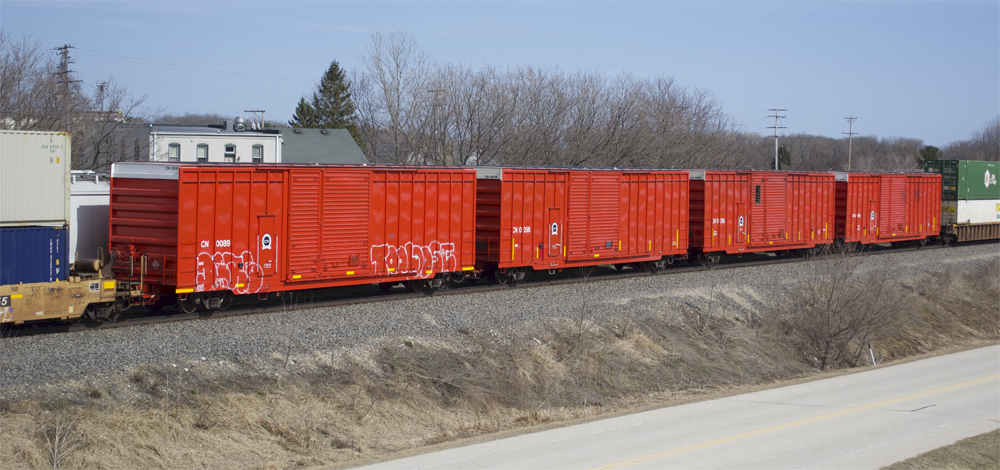
Welcome to Cody’s Trackside Finds, a new series on Trains.com, where we’ll look at interesting locomotives, freight cars, structures, or details that I’ve come across while railfanning. In these entries, I’ll provide some background information on the subject, give you some modeling tips, and most importantly, encourage comments from the Trains.com community. Do you have […]
Read More…

Many readers have asked how we identify the current crop of big, modern road diesels. Unfortunately, it isn’t easy, as many locomotive designs have evolved into a family of similar looking locomotives. This means modelers have to study the details to figure out what locomotive is represented by a specific scale model. Comparing the model […]
Read More…
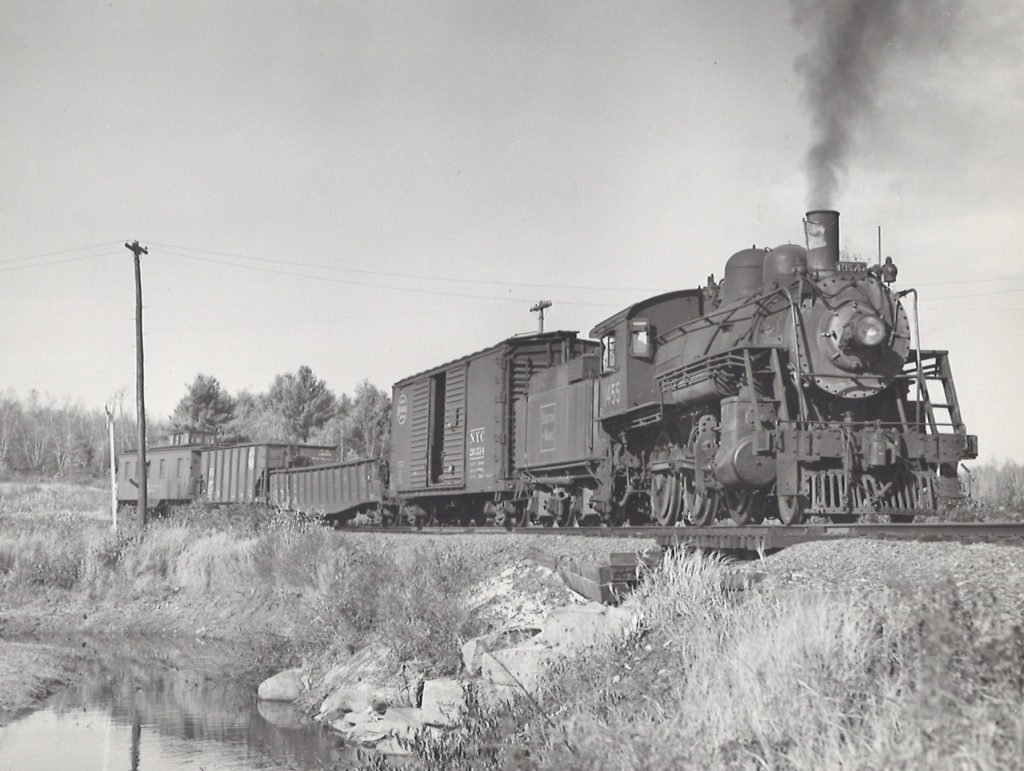
Our sister magazine, Classic Trains, named Boston & Maine the railroad of the month for October 2019. Please enjoy this photo gallery of images from the David P. Morgan Library archives at Kalmbach Media that include B&M steam-powered freight trains through time. […]
Read More…
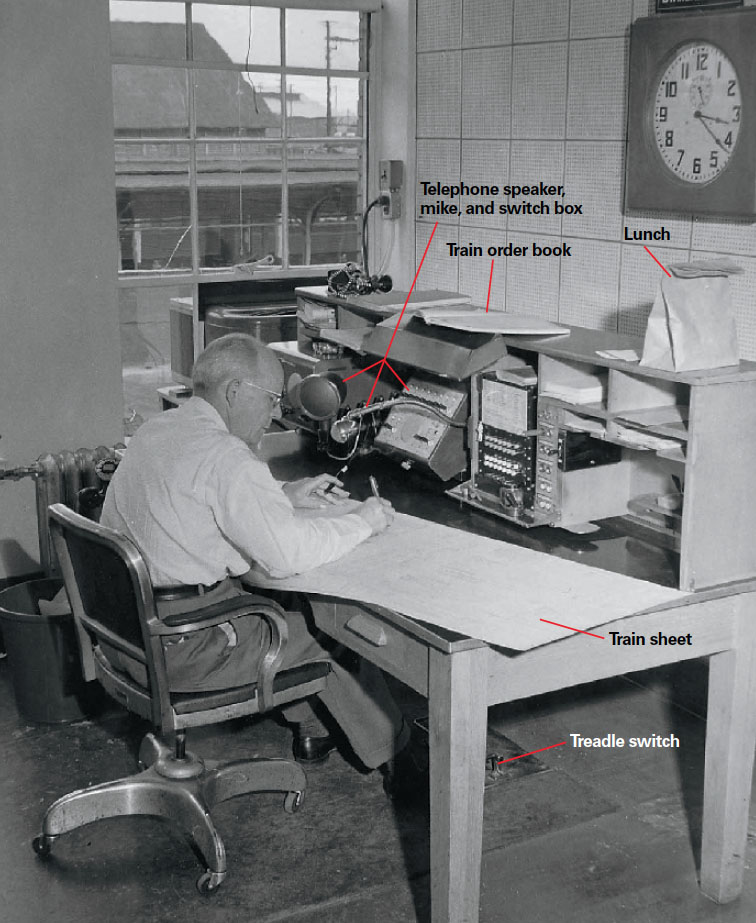
A train dispatcher supervises the movement of trains over a designated portion of a railroad and also supervises the other employees involved in that movement. The dispatcher’s first responsibility is safety, to see that each train gets over the road without trying to occupy the same piece of track at the same time as any […]
Read More…
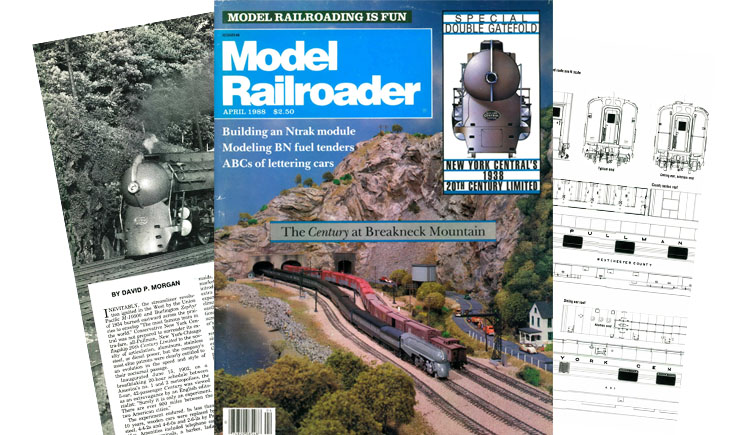
Model Railroader magazine remains the leading source of information for our great hobby. You can get access to all of the more than 1,000 issues of Model Railroader from January 1934 to the present day by signing up for the exclusive online archive. Check out this classic story from the April 1988 issue. […]
Read More…
The Cold hard tracks Crystal Lake was once used for harvesting ice. Blocks of ice were cut from the lake in winter, then stored in warehouses along the shore. The ice was shipped in refrigerator cars to Chicago via the “Ice Track,” a 2-mile branch that ran from the C&NW main line through the west […]
Read More…
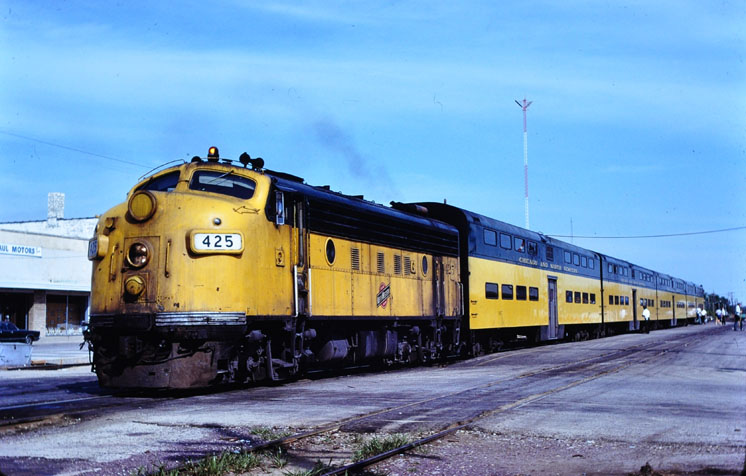
Not everyone has a fabulous railroad library to work from, but the library at the Model Railroader offices didn’t get me as far as you’d think. Following is a short list of places I’ve found amazing stuff when looking for research: • Most railroads have a historical society, so it’s good to have an up-to-date […]
Read More…
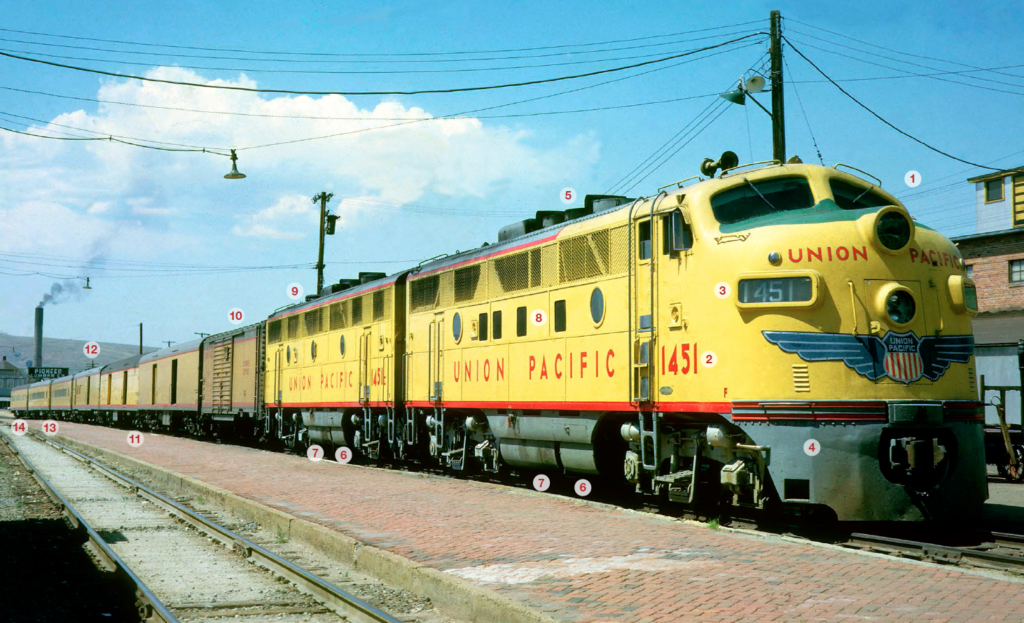
Jerry A. Pinkepank 1 “Mountain Type” F3A. Briefly in 1947, EMD referred to its steam-generator-equipped, passenger-geared F3s as “The Mountain Type.” These units were intended for use on passenger trains that traversed grades for which E7s were not suitable. In September 1947 Union Pacific got eight F3 A-B-B sets, plus three extra A units, all […]
Read More…




